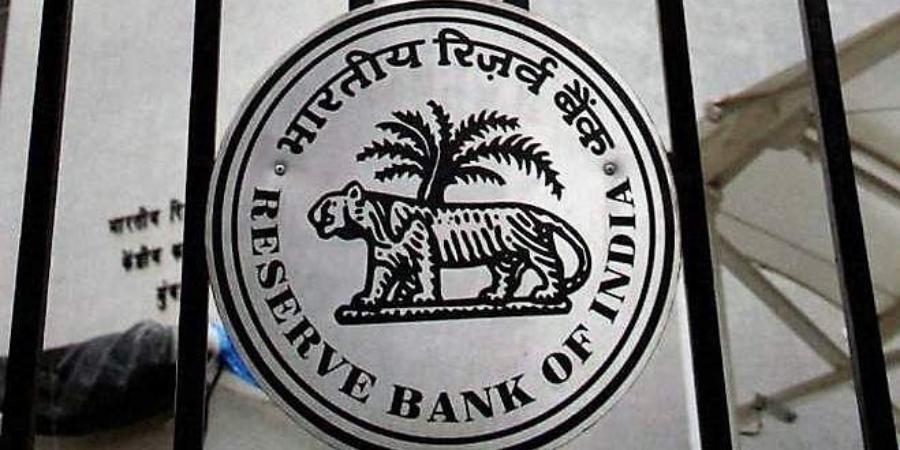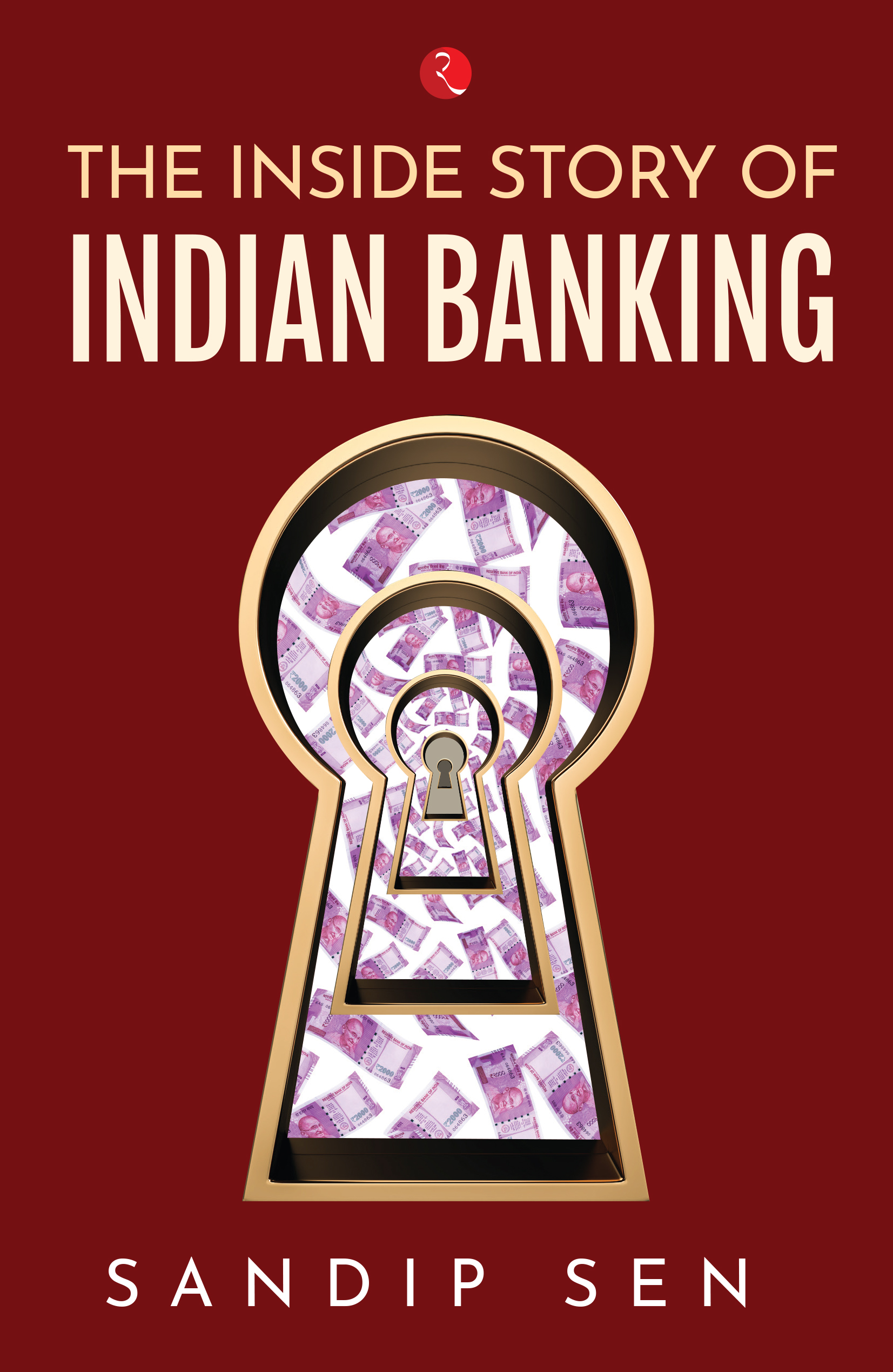Reshaping Indian Banking | Sandip Sen

In his 1st January 2021 OPED for The New Indian Express Time to Consolidate Again – Now NBFC and Co-operative Banks Sandip Sen the author of the book The Inside Story of Indian Banking highlights once again the problem of too many to regulate in the NBFC and the co-operative banking sector. The article draws its strength from what happened in the sixties when commercial banks were consolidated to be effectively regulated by the RBI.
Consolidating NBFCs and Cooperative Banks
We have already discussed in detail various aspects of the NBFC and the Cooperative Bank crisis in previous chapters. The primary faultlines appeared decades ago, largely due to the lack of supervision and regulatory control. But the blame cannot be put on the regulator’s doorstep either. There are more than 11,000 officially recognized NBFCs and over 1 lakh urban and rural cooperatives in India. They are far too many to regulate. It is simply not possible to do effective supervision of hundreds and thousands of loosely knit organizations that are collecting and distributing funds to millions of citizens at the bottom of the pyramid in a disorganized environment. Even in 2020, there is still no mechanism laid down to regulate them.
The crisis is similar to the banking crisis after Independence, when 1,284 banks were present and the RBI expressed its inability to regulate them. After the bank failures of 1960, during the Nehru era, the then Finance Minister Morarji Desai issued orders for forced amalgamation of the weaker banks. By 1964, the number of banks had been reduced to just 92. Of these, 20 banks were called unscheduled banks and were eventually merged or liquidated. Once this was done, the RBI started the supervision of the 72 scheduled banks on a regular basis. The Banking Companies (Second Amendment) Act was one of the first significant reforms that came into force in September 1960 to expeditiously facilitate the payments to depositors of banks that went into liquidation. But no such law exists for NBFCs or co-operative banks.

A large part of the credit and advances are managed by NBFCs, UCBs, RCBs and RRBs. They account for nearly half the credit distributed today but have little or no regulation or oversight. T he RBI does issue guidelines and circulars for these sectors, but does not have the manpower to ensure that they are monitored. While the total number of registered NBFCs came down from 52,000 in 1997 to around 11,800 in 2015, their asset share grew from around `76,000 crore to over`16 trillion. Their asset share in the credit system more than doubled from 7 per cent to 14.8 per cent in 2015, according to RBI Deputy Governor R. Gandhi. He has also stated that ‘the business model of NBFCs is inherently risk-prone due to weaker underwriting standards, enhanced risktaking capabilities and increased complexities of their activities’.
Action on the article was quick.
Government begins consolidation of regional rural banks, to bring down tally to 36
RBI sets up panel for strengthening UCBs
***

